NZXT Player PC (5070 Intel Edition): Two-minute review
The NZXT Player PC (5070 Intel Edition) is an ideal PC for the kind of gamer interested in building a gaming desktop, but finds picking parts and the process of assembly overwhelming. The price does reflect that, as you could conceivably save a few bucks doing everything yourself.
That said, the NZXT Player PC (5070 Intel Edition) is a well-built and organized machine that’s easy to get into for future upgrades, while offering the convenience that the best gaming PCs provide. And with the powerful internals, it can do just about whatever one could want.

You’ll find that some of the best desktops with higher spec’ed CPUs and GPUs have more oomph, but that’s more important if you’re rendering video or 3D projects. For gaming, what this desktop has to offer is more than enough.
As long as you’re willing to cover the price tag, there’s little to fault here. My only nitpick is that there isn’t a clear way to expand internally as opposed to swapping and upgrading parts. This might be minor for many people, but for those who haven’t built a PC, this might be a sticking point.
After all, this kind of desktop is going to be more appealing to those who don’t want to go with the usual pre-built machines and their proprietary parts, but aren’t yet ready to build their own.
NZXT Player PC (5070 Intel Edition): Price & availability
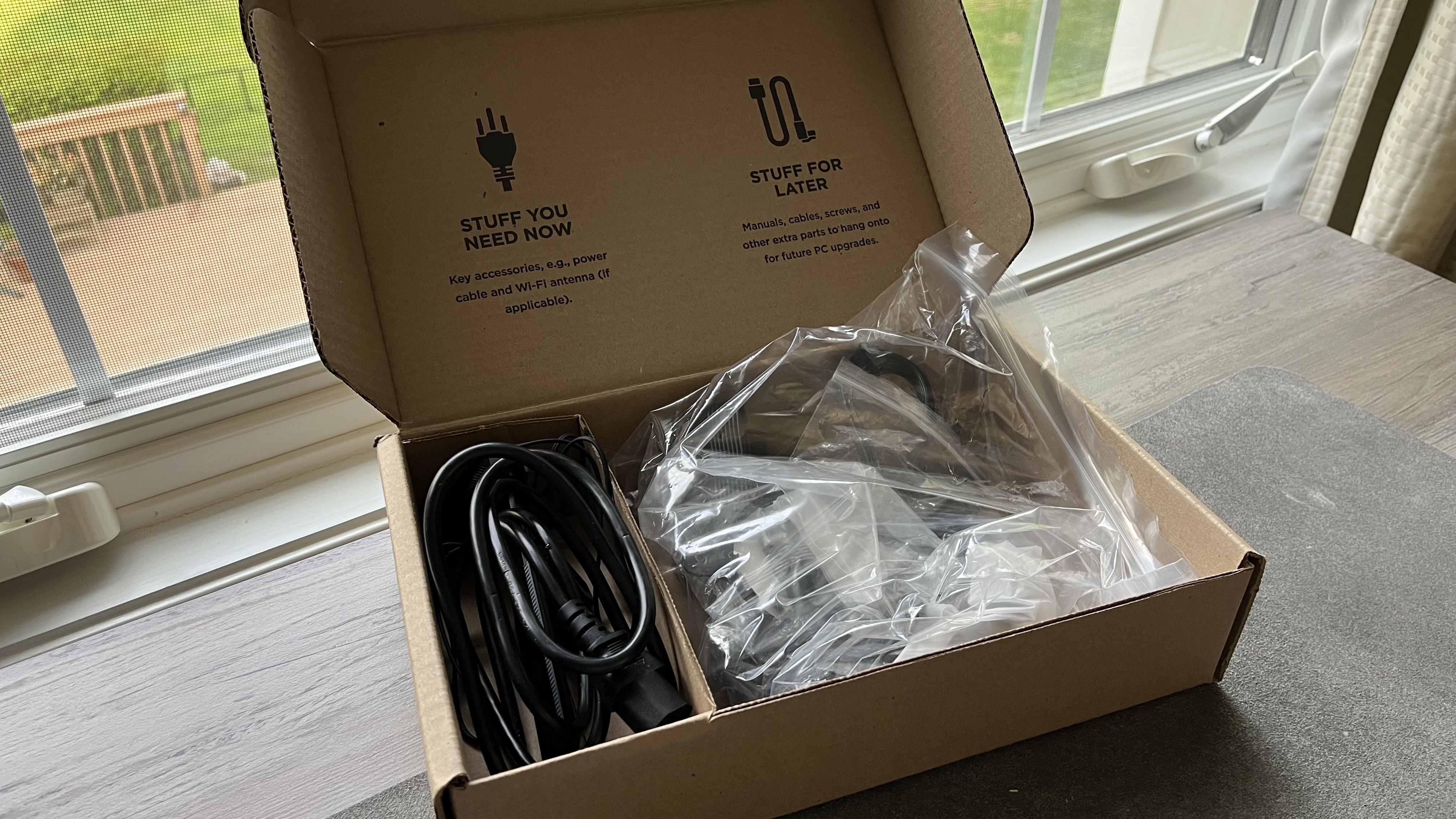
How much does it cost? $2,033 (about £1539 / AU$3,162)
When is it available? Available now
Where can you get it? Available in the US
The NZXT Player PC (5070 Intel Edition), along with the other models on offer, is only available in the US. And since this model only has one configuration, it has one price: $2,033 (about £1539 / AU$3,162). NZXT does have a controversial PC rental option called NZXT Flex that is essentially like leasing a gaming PC available to consumers, but that doesn’t seem to be available for this model.
The price tag of this model is not cheap, but it’s not surprising either. If you want to build your own, getting an Nvidia GeForce RTX 5070 will set you back at least $549 / £549 / AU$1,109 if not more (especially if you live in the US with impending tariffs). That’s a quarter of the cost of this computer just in the GPU.
Consider that the RTX 5070 is not quite the upgrade over the previous generation’s 4070 Super one would expect, you can get most of the way there performance-wise with something like the Alienware Aurora R16, which ran for $1,749 / £1,349 / around AU$2,670 at launch and is still available at certain retailers at a discount. It is a little older, but it’s also a little more compact.
However, if you compare the NZXT model reviewed here to the current version of the Maingear MG-1 (our review is from last year so the components are older), which costs $2,049 for a similar model, specifically with a Intel Core Ultra 5 245K, NVIDIA GeForce RTX 5070, 16GB RGB DDR5 6000MT/s, and 1TB SSD, you can see that the NZXT Player PC is not overpriced. It does come with more RAM than the Maingear MG-1, though the MG-1 comes with more customization options, including a completely personalized front panel.
- Value: 4 / 5
NZXT Player PC (5070 Intel Edition): Specs
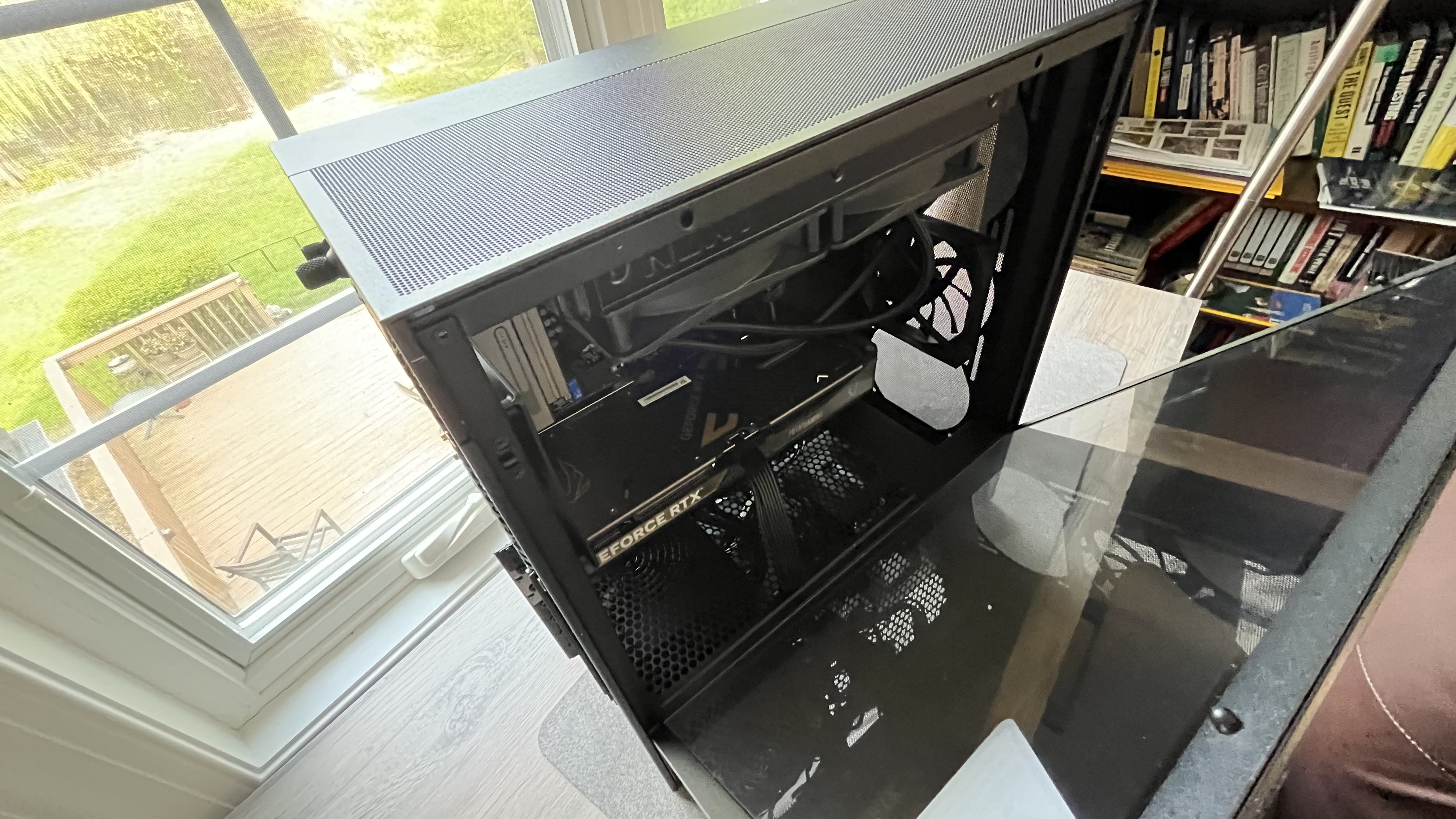
The NZXT lineup is interesting insofar that there are a number of models in the company’s prebuilt lineup totaling twelve unique listings, but they all revolve around three models – the Player: One, Player: Two, and, of course, Player: Three – differentiated by the case.
Of course, they’re all slightly different with a range of CPUs, GPUs, and so forth. The NZXT Player PC (5070 Intel Edition) uses the H5 Flow case that the Player: One and Player: One Prime uses. This model reviewed here is the most powerful NZXT model with this case with a 20-core Intel Core Ultra 7 265KF CPU, an NVIDIA GeForce RTX 5070, and 32GB of RAM, not to mention 2TB SSD storage. There’s not really any customizations here, so you have to choose the model that fits your budget and performance needs.
Swipe to scroll horizontally
Price: | $1,999.99 | |
CPU: | Intel Core Ultra 7 265KF | |
Graphics: | NVIDIA GeForce RTX 5070 | |
RAM: | 32 GB (2 x 16 GB) DDR5 5200MHz | |
Storage: | 2TB NVMe M.2 SSD | |
Ports: | Front I/O: 1x USB 3.2 Type-A, 1x USB 3.2 Type-C, 1x Headset Audio Jack Back I/O: 6x USB 3.2 Type-A, 2x USB 3.2 Type-C, DisplayPort, Mic In / Line In / Line Out | |
Wireless: | Wi-Fi 7 / BlueTooth |
On the bright side, there’s plenty of after-the-fact customization available with the NZXT Player PC (5070 Intel Edition) since the parts are standardized, such as a Z890 motherboard. And getting inside the desktop is very simple, which I’ll get into in the next section.
NZXT Player PC (5070 Intel Edition): Design
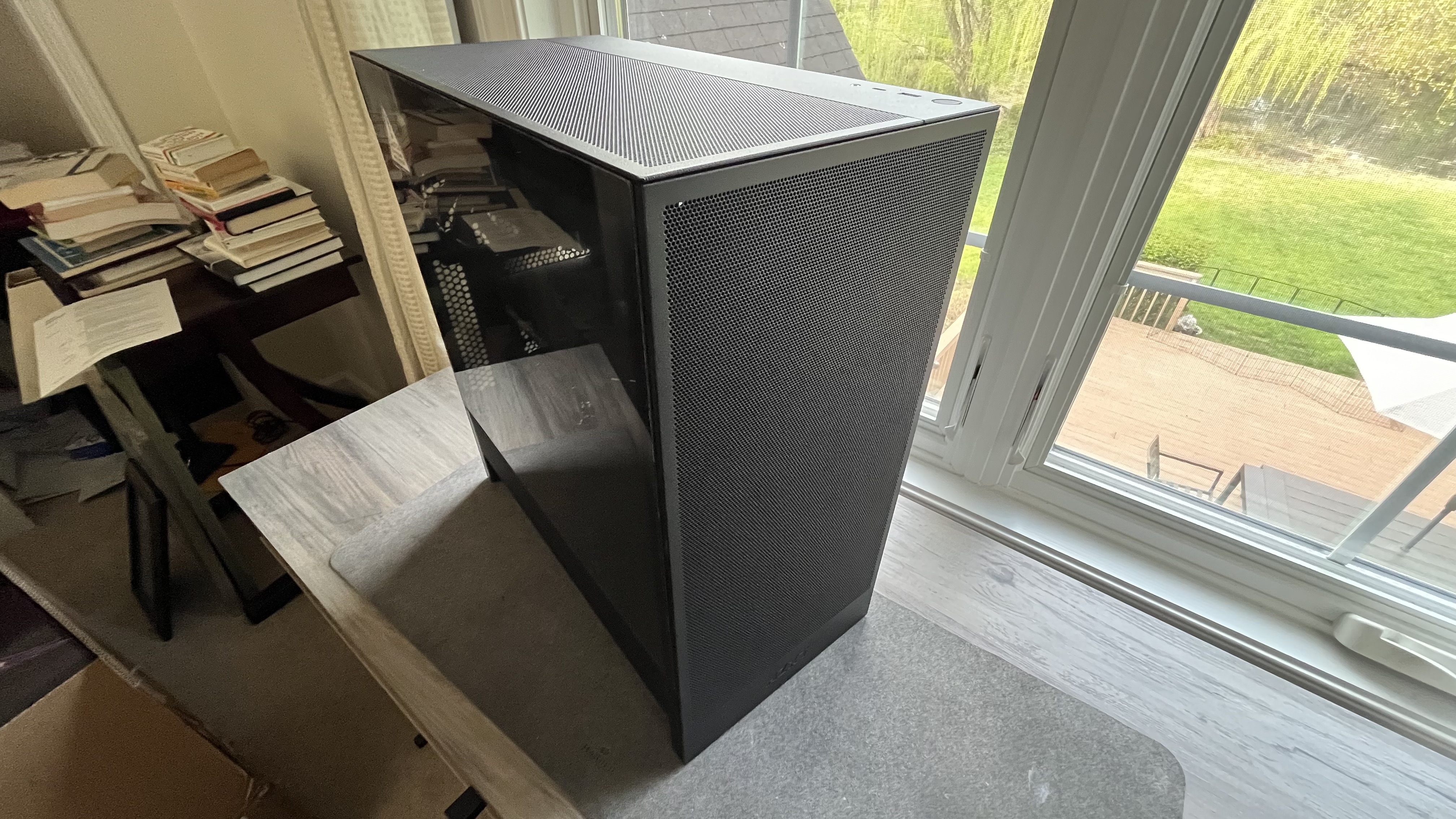
- Lots of venting
- Tool-less tempered glass side panel
- No clear expansion slots inside
The NZXT Player PC (5070 Intel Edition) uses the black version of the company’s H5 Flow case (the case itself is also available in white), which is a compact mid-tower ATX form, measuring 18.31 x 8.86 x 16.93 inches (465 x 225 x 430 mm). The “Flow” in its name refers to all of the venting covering the front, top, back, and bottom of the case to keep things cool.
Most of the case is a very durable galvanized steel (SGCC), but the side panel is made of tempered glass so you can easily see what’s inside. And the internals are arranged very cleanly in a way that’s fairly aesthetically pleasing. Most of the wiring is hidden or fed into a compartment at the bottom that’s separated by a steel plate so that you can only see it through the venting near the bottom of the case.
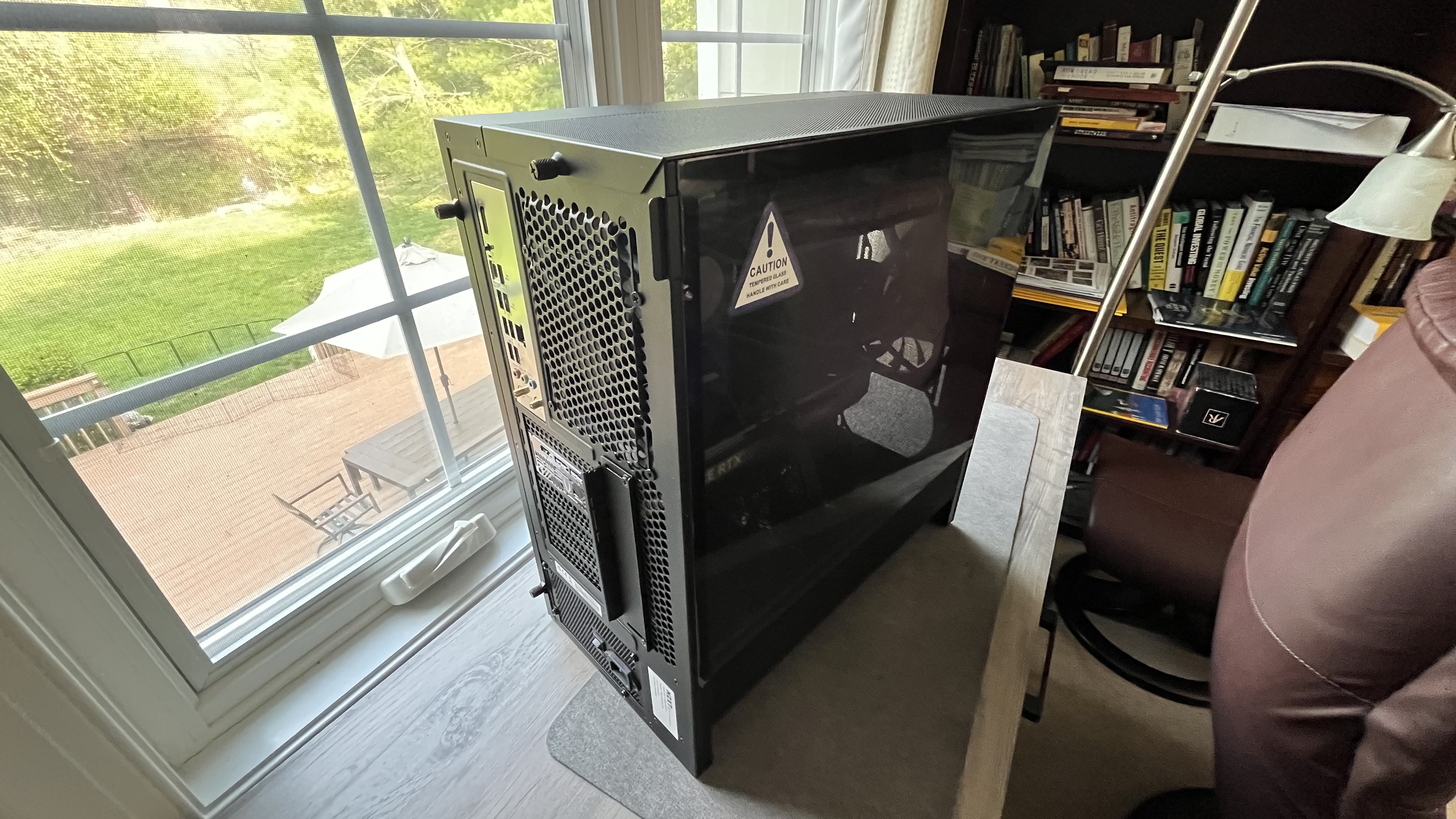
It’s worth noting that the top fans do have some backlighting but the NZXT Player PC does not come with RGB lighting despite the fact that this case is available with RGB. At least, the side panel is also a nice touch because it allows tool less entry, allowing for easy upgrades and swaps without having to grab a screwdriver.
As far as ports go, there’s quite the selection. There’s a USB-C, USB-A, and headphone jack on top of the case next to the power button. And on the back, there’s an additional six USB-A along with two USB-C ports, three audio jacks, and, a bit more unusually, it has attachments for an included Wi-Fi Antenna that helps boost its Wi-Fi 7 support.
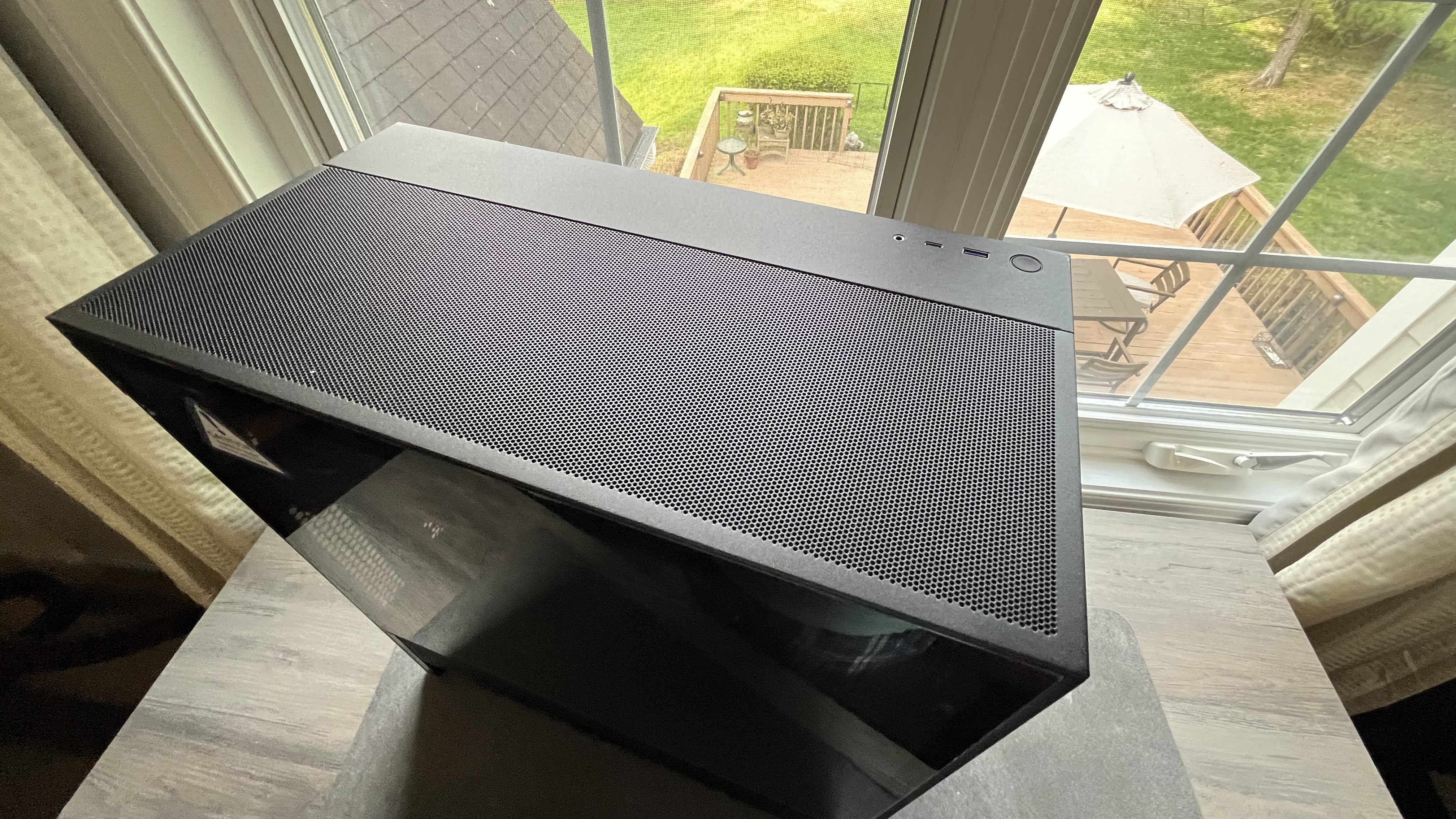
All in all, it’s a pretty impressive-looking PC. Being very nitpicky, it’s not apparent where any expansion slots are for upgrades. I didn’t see any additional places for an SSD either on the motherboard or anywhere else inside the case even though there’s plenty of space.
- Design: 4.5 / 5
NZXT Player PC (5070 Intel Edition): Performance
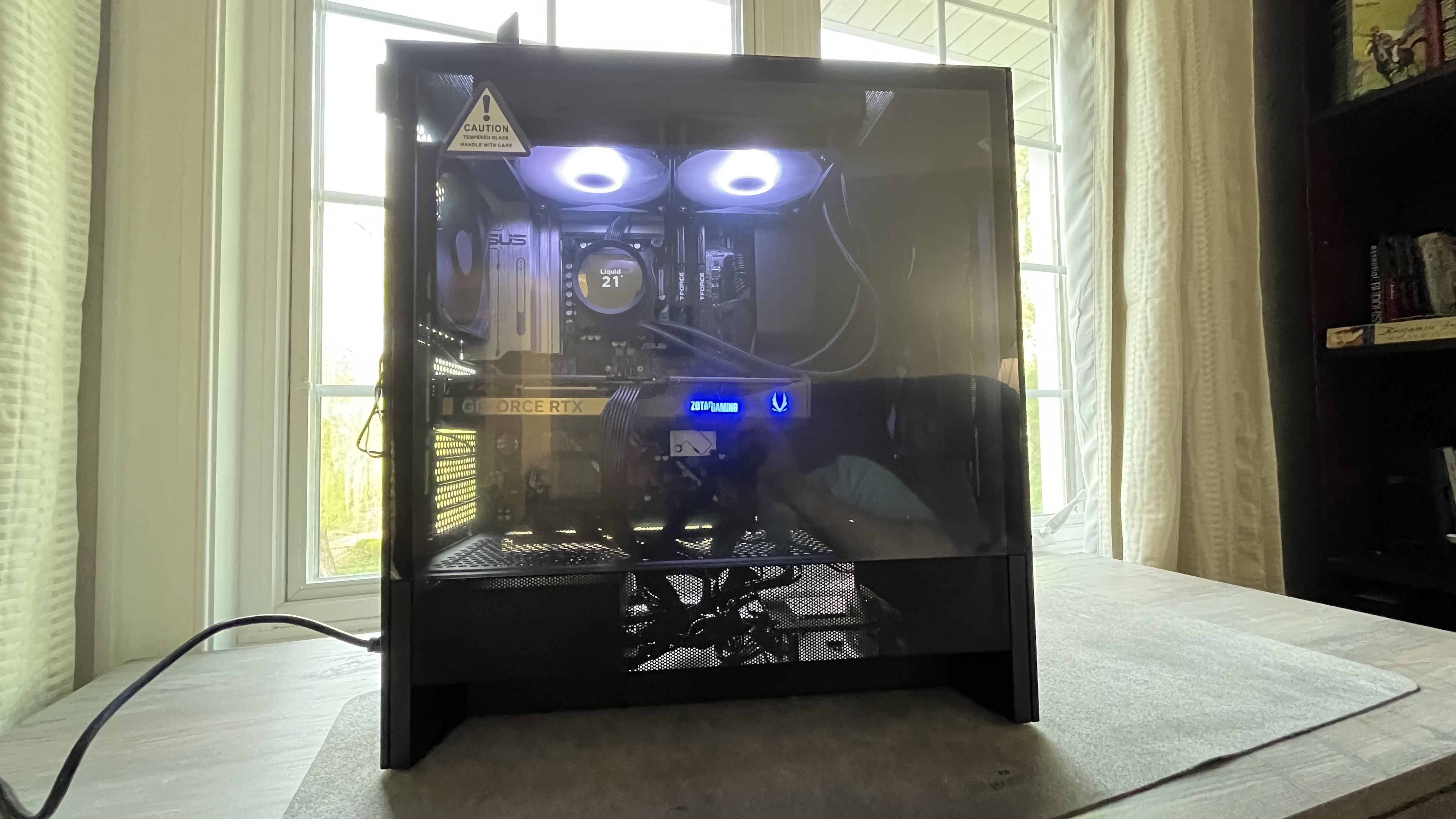
- Powerful internal components
- Easily runs performance-heavy games
- Stays fairly cool under duress
Swipe to scroll horizontally
Geekbench 6.4 Single-core | 3,081 | |
Geekbench 6.4 Multi-core | 18,984 | |
Crossmark Overall | 2,298 | |
Crossmark Productivity | 2,159 | |
Crossmark Creativity | 2,495 | |
Crossmark Responsiveness | 2,166 |
Unless there’s some poorly planned layout or issues with a case that cause overheating, you can usually tell how a gaming PC will perform almost completely based on the internal components.
Considering, then, that the NZXT Player PC (5070 Intel Edition) has an Intel Core Ultra 7 265KF with 20 cores and 20 threads as well as 25 TOPS, an Nvidia GeForce RTX 5070, and 32GB of DDR5 5200Hz RAM, it’s no surprise that it’s able to run all the latest games at or near the highest settings.
Swipe to scroll horizontally
3DMark Fire Strike | Row 0 - Cell 1 | 45,049 |
3DMark Time Spy | Row 1 - Cell 1 | 21,414 |
3DMark Fire Strike Ultra | Row 2 - Cell 1 | 14,727 |
3DMark Time Spy Extreme | Row 3 - Cell 1 | 10,943 |
3DMark Speed Way | Row 4 - Cell 1 | 5,855 |
3DMark Steel Nomad | Row 5 - Cell 1 | 4,967 |
3DMark Port Royal | Row 6 - Cell 1 | 14,139 |
I’ve had no issues not only playing games like South of Midnight, Monster Hunter Wilds, Baldur’s Gate 3, and Cyberpunk 2077 but running them at High or Ultra settings on an ultrawide 5K monitor with HDR on, which requires quite a bit of power in and of itself. I didn’t have any issues with screen tearing, stuttering, or any other performance-related issues. And all the games stayed at the 165Hz refresh rate the monitor supports.
Swipe to scroll horizontally
Black Myth: Wukong (Cinematic, 1080p) | 60 | |
Cyberpunk 2077 (Ultra, 1080p) | 70 | |
Monster Hunter Wilds (Max, 1080p) | 83 | |
Shadow of the Tomb Raider (Very high, 1080p) | 201 | |
Total War: Warhammer III (Ultra, 1080p) | 182 |
It’s also worth mentioning that I’ve never had Cyberpunk 2077 boot up as quickly as it did on this PC. Speaking of that game, it’s still a very demanding title with all its updates for newer tech like DLSS 4.
Yet, running the game only pushed the system a little, and the overall affair stayed fairly cool, thanks to the various fans placed around inside the case.
- Performance: 5 / 5
Should I buy the NZXT Player PC (5070 Intel Edition)?
Swipe to scroll horizontally
Value | The price tag is high, but it’s what one would expect for a computer sporting an Nvidia GeForce RTX 5070 GPU. | 4 / 5 |
Design | Tool-less entry, lots of venting, and a durable, clean build are all part of the package. Too bad, expansion slots aren’t well marked and you can’t upgrade to RGB. | 4.5 / 5 |
Performance | There’s little to fault when it comes to performance as the desktop can do it all gaming-wise. | 4.5 / 5 |
Average rating | It’s a little pricey, but the convenience, durability, and performance are all worth it. | 4.5 / 5 |
Buy it if...
You want a powerful gaming PC
The NZXT Player PC reviewed here has enough power to handle any gaming situation. Whether you want something capable of supporting a 5K ultrawide monitor, high ray tracing, DLSS 4, and any other performance-heavy technologies, this PC can do it.
You want easy upgradability
Sure, there’s only one configuration out of the gate. But, once you have the PC in hand, its tool-less entry and use of standardized parts make upgrading the CPU, GPU, RAM, or anything else pretty straightforward.
You want an attractive-looking PC
With all the ventilation, tempered glass side panel, and clean, organized internal setup, this is an attractive, if straightforward-looking desktop.
Don't buy it if...
You want lots of options
While you can certainly upgrade quite easily after the fact, you can’t do so or customize when purchasing. If that’s important to you out of the gate, then you should probably look elsewhere.
You’re on a budget
As good as the NZXT Player PC is, it’s not cheap. There are other options, including within the company’s own product line, that are more affordable. You just have to be willing to go with less powerful components.
Also Consider
If our NZXT Player PC (5070 Intel Edition) review has you considering other options, here are two desktops to consider...
Alienware Aurora R16
The Alienware Aurora R16 is compact with great port selection, more than adequate ventilation, and, most importantly, excellent performance. It does have an aesthetic that can’t decide if it’s for professional settings or gamers, but that’s a small complaint. Though the R16 has been discontinued by Dell, it’s available through some online retailers and at a discount.
Read our full Alienware Aurora R16 review
Maingear MG-1
The Maingear MG-1 is powerful if pricey, and comes with a lot of customization options – many more than NZXT including the ability to get a personalized front panel. Of course, depending on the upgrades, it can get very expensive, but, as they say, you get what you pay for.
Read our full Maingear MG-1 review
How I tested the NZXT Player PC (5070 Intel Edition)
- Tested for a couple of weeks
- Used it for heavy gaming
- Spent some time looking at the build
I used the NZXT Player PC (5070 Intel Edition) for a couple of weeks, mainly using it for heavy gaming. I poked around inside the desktop to get an idea of the quality of the parts, as well as explored the software to see what tricks this desktop had up its sleeves.
The NZXT Player PC (5070 Intel Edition) is a gaming PC that’s ideal for the kind of person who wants all the benefits of building one’s own desktop, but doesn’t want to for the headaches that come with doing so. It has the kind of quality control and clean build that one doesn’t always see in prebuilts, while making it convenient to get inside and swap out parts.
I’ve spent the last few years reviewing tech gear for gaming and otherwise, where I’ve gotten a feel for what to look for and how to put a piece of kit through its paces to see whether it’s worth the recommendation.
- First reviewed July 2025





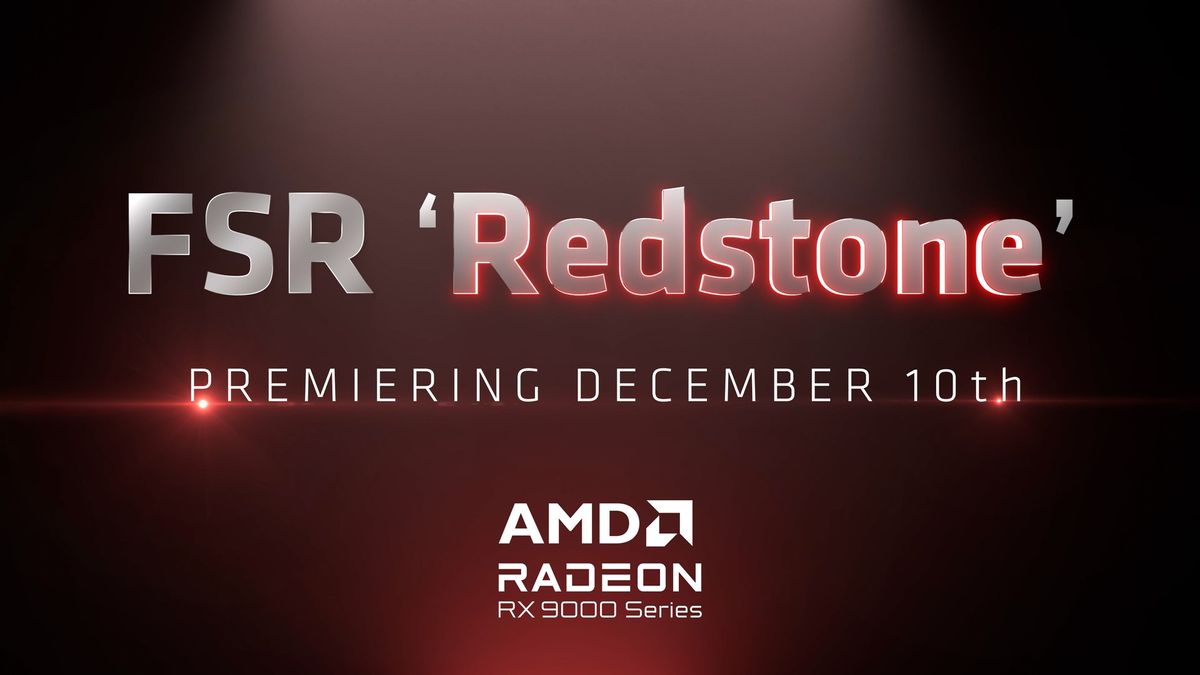



 English (US) ·
English (US) ·